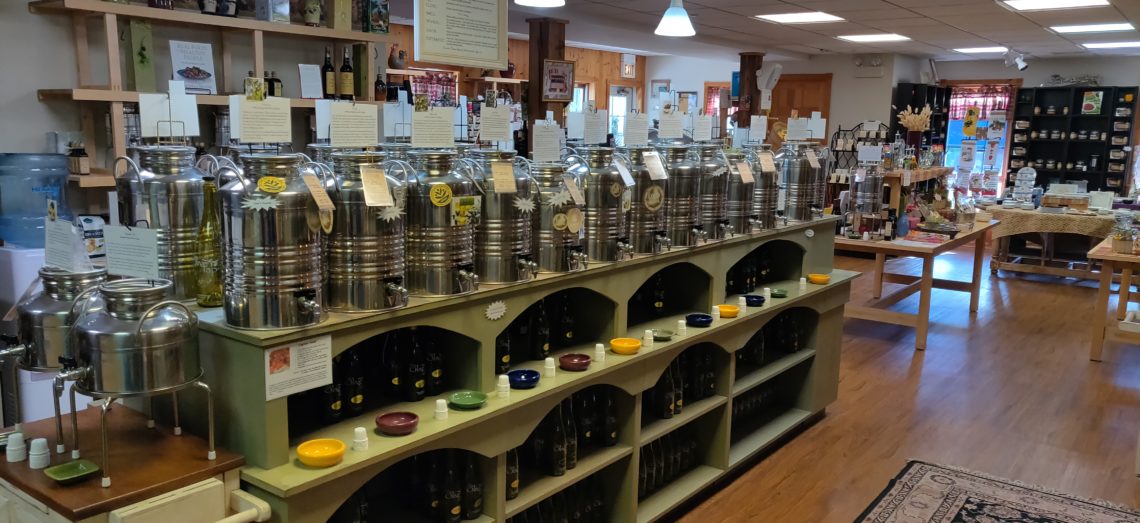
The Olive Tap–An Olive Oil Tasting Emporium
My husband and I recently spent the afternoon at The Olive Tap with its owner, Rick Petrocelly. The Olive Tap is “an olive oil tasting emporium.” We learned more than we could imaging from Rick that afternoon! Let me share just a bit of what we learned that afternoon. Here goes…
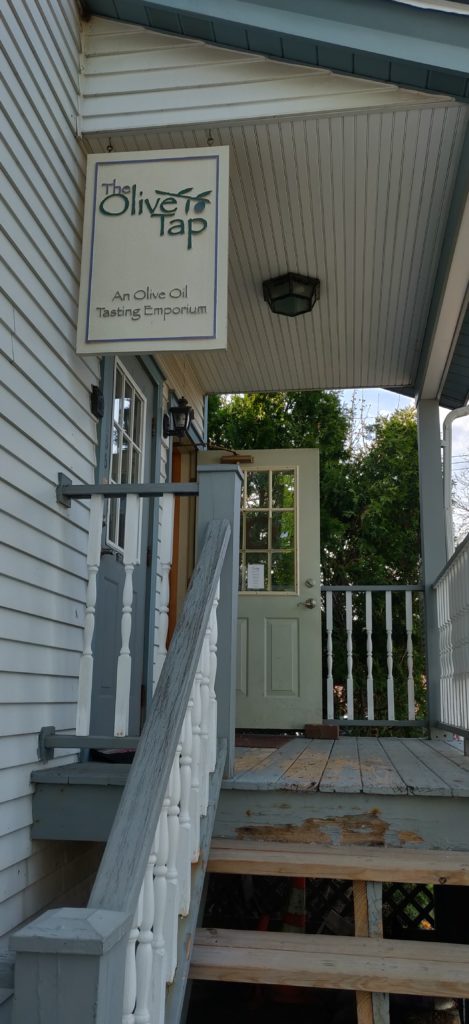
Let me start with some basic starting information. Virgin olive oil is made from simply pressing the olives. This is a first press oil. Nothing else is done to it. To be called extra virgin olive oil, the oil must have no taste defects and pass strict chemical tests. Oils called “pure,” “light,” or simply “olive oil” have had other processes done to them; they are refined products. “Light” refers to flavor. Regular “olive oil” is a refined oil. It can take a higher temperature and is good to use for cooking and frying but is not necessarily used to add flavor.

There are specific criteria that must be met for olive oil to be called “extra virgin olive oil”. (The following wording is taken directly from my “class notes”): International Standards define virgin olive oil as obtained: 1) exclusively from olives, 2) using mechanical/physical means, 3) without altering the oil in any way, 4) without heat, including controlling frictional heat, 5) without chemicals, and 6) having no sensory defects.
When extra virgin olive oil (EVOO) is evaluated, both its physical and chemical properties are evaluated. An oil can pass a chemical test but still be defective from the sensory standpoint. An oil can taste and smell good but may not be EVOO. Some of the properties evaluated are free fatty acids, peroxides, and ultraviolet absorbance. In regards to free fatty acids, lower is better. This level is affected by the quality of the olive at the time of the crush. (In general, a maximum of 0.8% is acceptable. If the level reaches 0.81%, an olive oil can no longer quality as EVOO. The level can be lower than 0.8%. At The Olive Tap, the cut off used is 0.5% for oils available.) Peroxide level measure the amount of primary oxidation in the oil. This level can be affected by how the fruit (the olive) is handled and how the oil itself is produced. Improper handling and processes can increase the peroxide levels. Exposure to air raises peroxide levels, too, so don’t poke a hole in your can of oil to allow for better pouring. Oil with high peroxide levels may not keep well as oils with low peroxide levels. UV absorbance is another measure of oxidation. When oil oxidizes, it becomes rancid. This isn’t dangerous; it just isn’t as tasty or as high of a quality. Ironically, many people are actually accustomed to the rancid taste and think it how olive oil is supposed to taste.
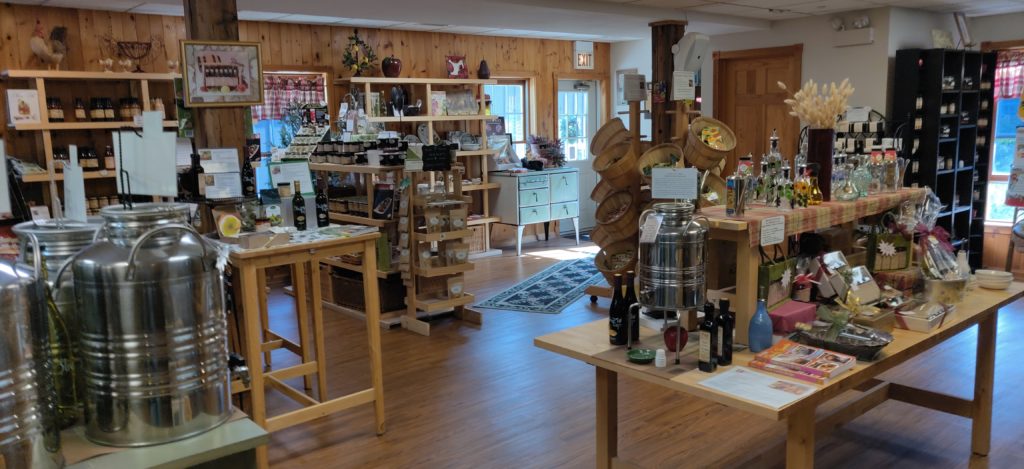
Some other parameters which can be measures are DAGS (diacylglycerols) and PPPs (pyropheophytins). These values are used to help assess the quality, freshness, and age of the oil. It is important to be aware that these values change over time. The levels at the time of bottling will NOT be the same as the level at a future date, even if the bottle has never been opened. You cannot necessarily guess what the level will be at a future date, either. Not all oils degrade at the same rate. Different components of oil affect the stability of the oil. Temperatures used in the preparation of the oil also affect the oil’s stability.
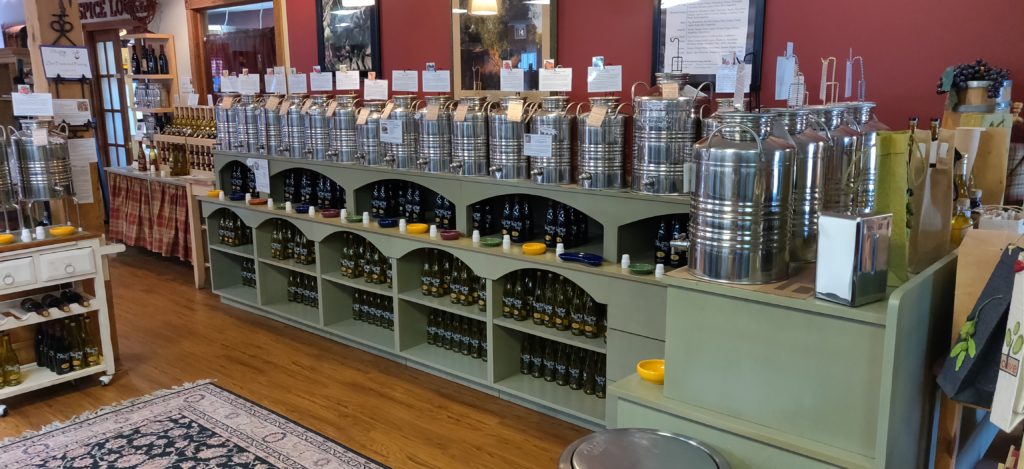
Polyphenols in oil add health benefits. As taken directly from my printed notes from my lesson, “olive oil contains polyphenols, vitamin E, and other natural antioxidants that act as the oils own natural preservative. Antioxidants dampen the auto-generation of peroxides, delaying the onset of oxidation (peroxide) and rancidity.” Higher polyphenol levels lead to higher stability of the oil. As an antioxidant, polyphenols help protect cells from damage and help decrease inflammation. While on the tree, the level of polyphenols in olives is at its highest during the transition from green to black during the growing season. The time when olives reach their peak polyphenol level is not, though, necessarily the time in which the olives are harvested. In addition to the degree of ripeness of the olive, climate, agricultural practices, and the type of olive affect the polyphenol level.

Olives which are more ripe produce more oil but have fewer health benefits. A lot of the olive oil found in the grocery store is made from these olives (because they produce more oil–quantity wins out over quality). In general, the olives are at their peak for oil production when they are red-purple in color, somewhere between the green immature stage and black mature stage. Also, once the olive is picked, it starts to degrade. EVOO cannot be made if more than 48 hours have passed since the olive was picked.
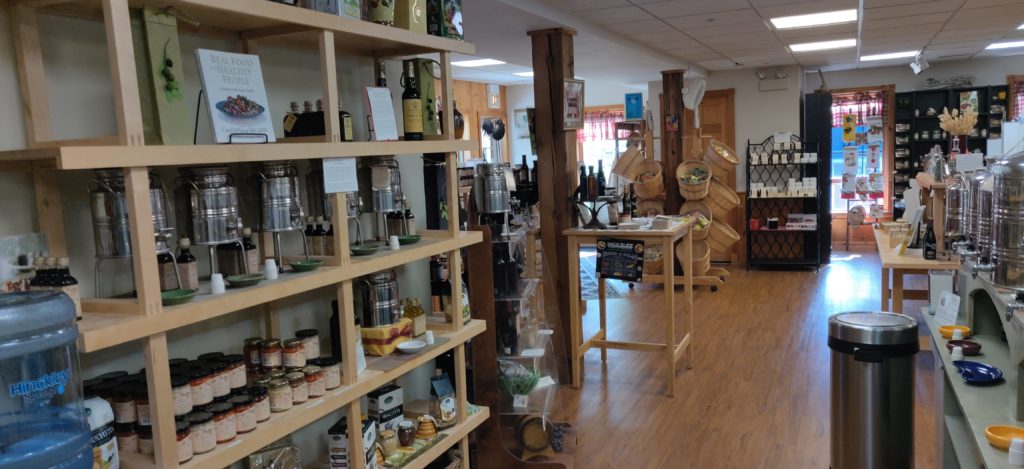
When evaluating EVOO, not only are the chemical components examined but also the sensory aspects. Although you cannot taste the chemicals per se, peroxides and polyphenols can affect the taste and smell. The three POSITIVE attributes of EVOO are fruitiness (characteristic of fresh ripe green olives), bitterness (yes, this is actually a good thing here), and pungency (this gives a peppery sensation in the mouth and throat).

I am guessing that you NEVER read about this many different aspects about olive oil! I know that I hadn’t prior to meeting Rick! While visiting The Olive Tap, I did have the opportunity to taste some of the oils and could better understand the attributes which were described. If you have not had the chance to visit the store, check it out. Even before I learned about EVOO, I would feel like a foodie by just walking around the store. Now I can actually feel like a foodie with knowledge! Every time I leave the store, I want to go to my kitchen to cook or plan a meal for guests (or both)! The store also sells balsamic vinegars (Rick taught us about those as well). No surprise; not all balsamic vinegars are the same, either. In the store, you will find that you can sample different oils and vinegars from large stainless steel urns called Fusti. Don’t be afraid to ask the staff questions; they are all trained and very knowledgeable. If you like something that you would like to purchase, it is bottled directly from the Fusti, so you know that you are getting just what you tasted and enjoyed. You can also find other products in the store as well to add to your “foodie” experience (at least it does for me).
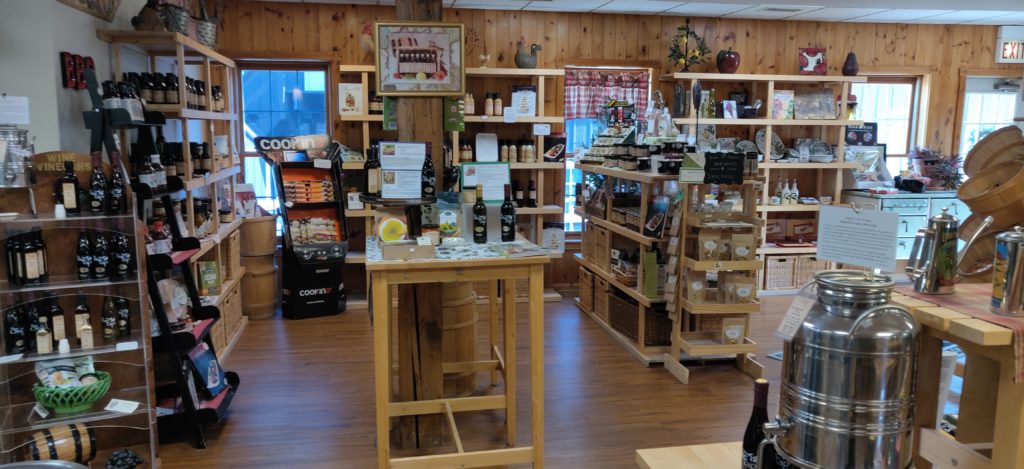
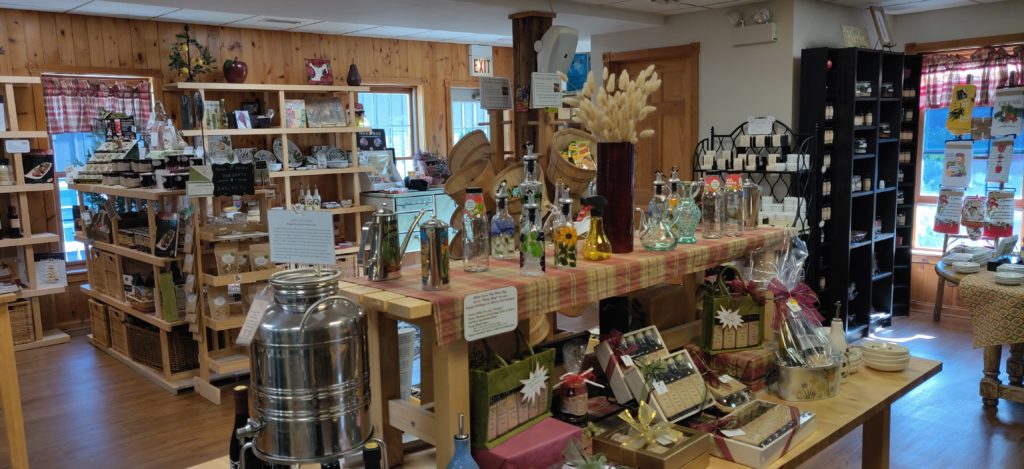
My husband and I found our afternoon at The Olive Tap with Rick to be fascinating, educational, entertaining, and inspiring. I hope that by reading this, you were able to enjoy at least a taste (pun intended) of what we did. (If I am guessing correctly, you are now hungry and want to prepare yourself a fancy snack. Enjoy!)
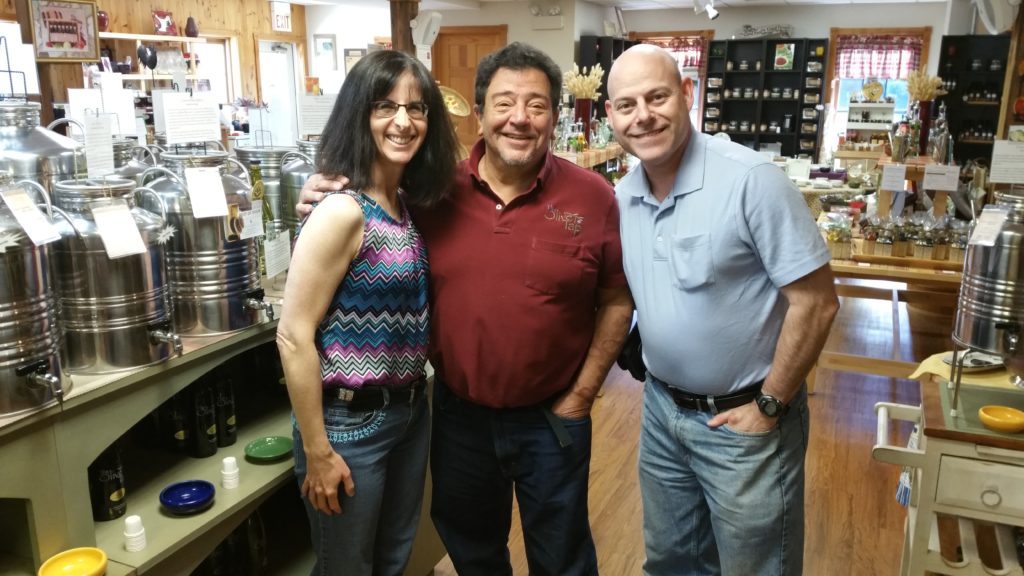
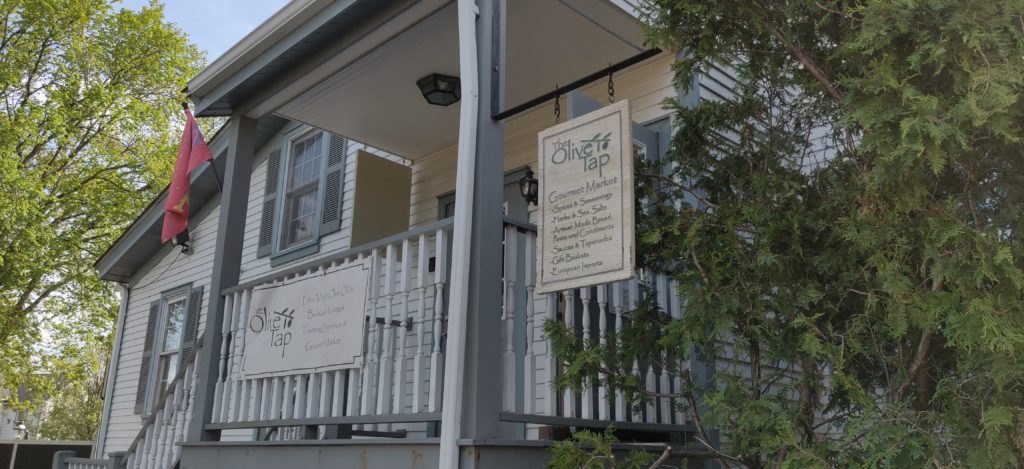
P.S. If you visit the store in person in historic Long Grove, I also suggest you treat yourself to a wonderful meal before or afterwards at Enzo and Lucia while in the area. You won’t regret it!




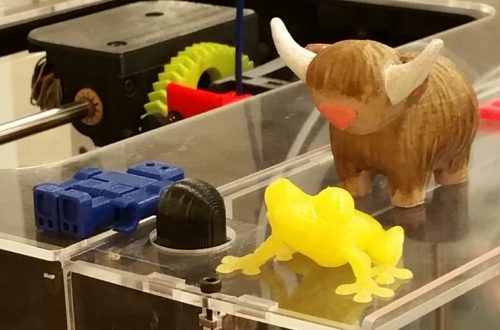
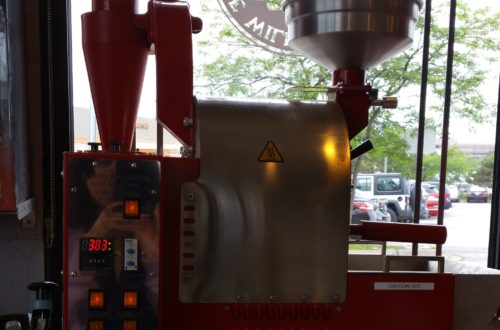
3 Comments
Nick
Hi guys,
I was wondering if you would share where you get your oil dispensers from?
Hoping to hear back!
-Nick
Beckie
Are you referring to the large Fusti dispensers? If so, I will have to ask the owner if he can share that information. You may have more success contacting the store directly.
Pingback: